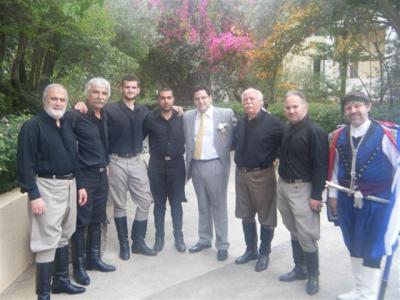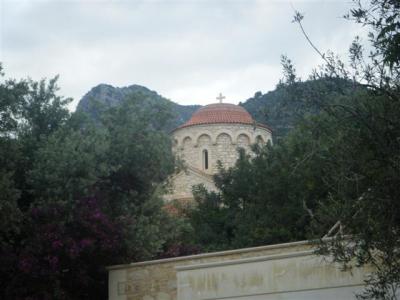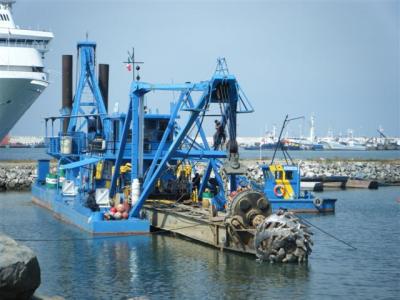Wednesday, May 20 This afternoon Andronikos, Eric and Christi set out to go to an archeological site called Axon, located in the mountains. We followed the same road that we took the day we took the day we went to the monastery and cave last summer. Last year it had been and the hills were dry. Right now the hills are verdant and green, with the flowers in full bloom. It is absolutely gorgeous. Just like last year, we saw lots of goats running around on the hills and several hanging out on the road.
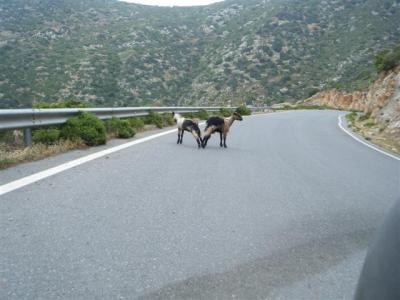
We passed the monastery, but before we got to the cave we turned off onto a different road. We passed through several more small villages. One of them was the village where we had gone to the wedding with 3,000 guests a few years ago and has a reputation for being one of the most traditional villages left today. In another village, we spotted a 16th century church that looks like it is still in use. We tried to go in, but it was closed.
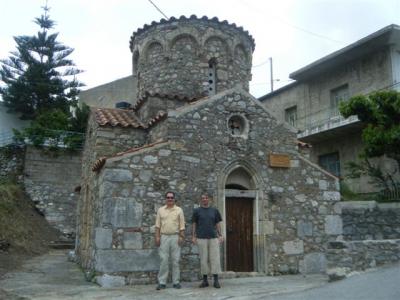
The towns are nothing more than Continue reading

